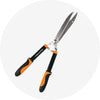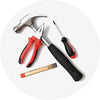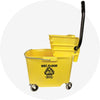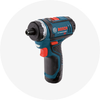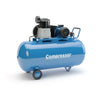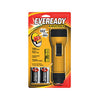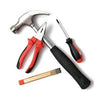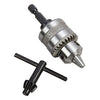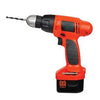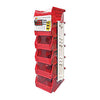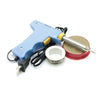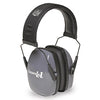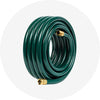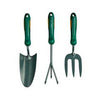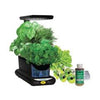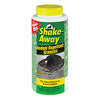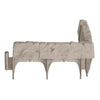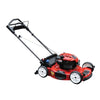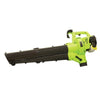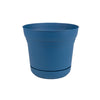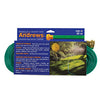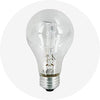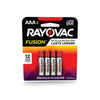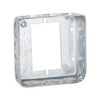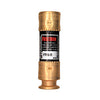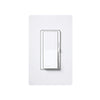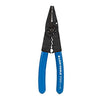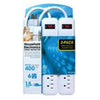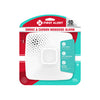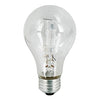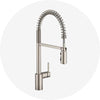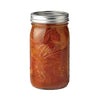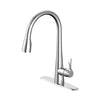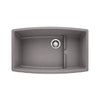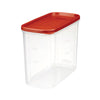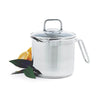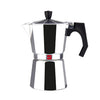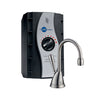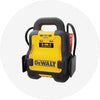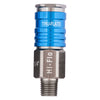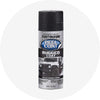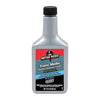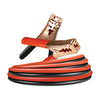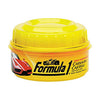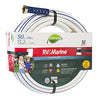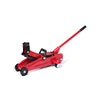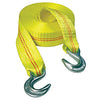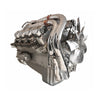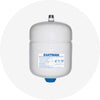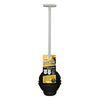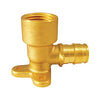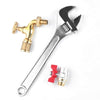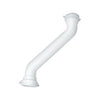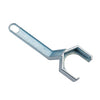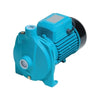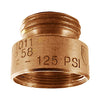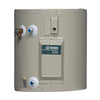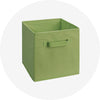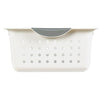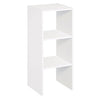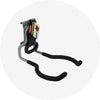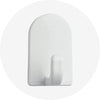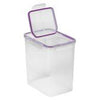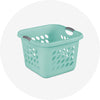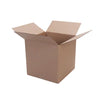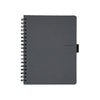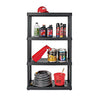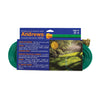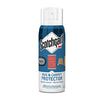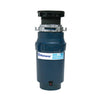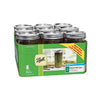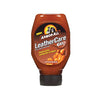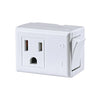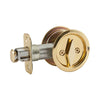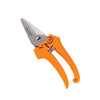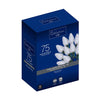A Guide To Removing Snow and Ice From Your Property
∙ min read
Winter is still a few weeks away, but snow has already started to fall across much of the United States. Are you prepared? Whether you've seen snow for weeks or are simply expecting it in the near future, now is the time to purchase everything you need to keep your home, property, and family safe during hazardous winter weather. Chances are you already know to purchase a de-icer that contains sodium chloride or a similar ingredient, but have you thought about other supplies that you may need? Grab a pair of weather-safe gloves to help you stay warm and use this guide to keep your property beautiful and safe.
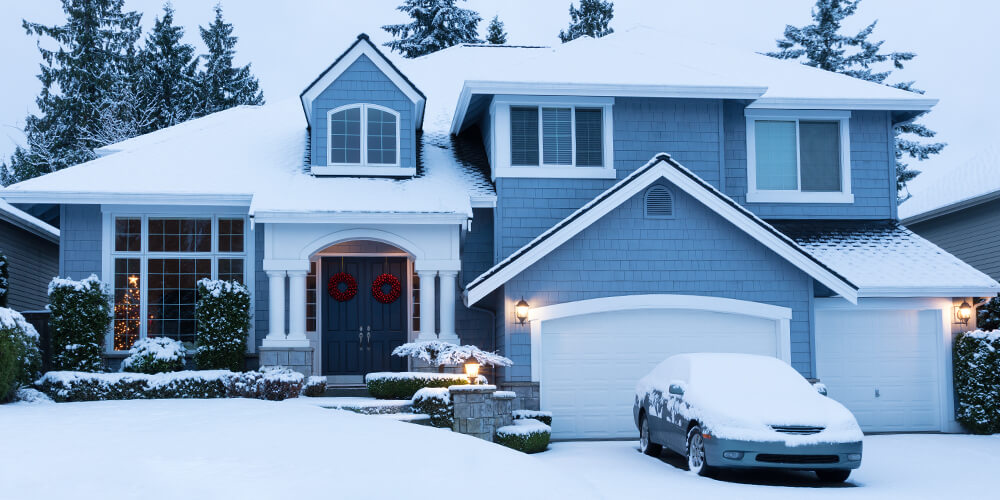
Know the Potential Dangers
Blankets of snow in the yard and spread across treetops and rooftops look beautiful, but they can be hazardous to you, your pets, and your home if you aren't careful. As the snow melts and then refreezes at night, it turns into dangerous ice that can lead to slip-and-fall accidents that may even warrant a trip to the emergency room. The snow that sits on your roof or turns to ice inside your gutters for too long is hazardous as well.
Roof buildup makes it harder for your chimney to vent properly, and if your roof is older, it may even lead to leaks or a total collapse. The buildup in gutters might expand so much that it causes cracks and could even cause water to back up into your attic, roof, or other parts of your home. Finally, snow and ice that remains on walkways or in driveways for too long can even make it hard for you to get into your own home. These potential dangers are why ice and snow removal is so important.

How To Remove Snow From Your Roof
There is no need to climb on your roof to remove snow from it. Simply invest in a roof rake instead. Roof rakes have extendable handles that allow you to pull snow from the top of your home without performing dangerous climbing jobs. However, remember that snow slides, especially if your home's roof has a steep slope.
When using the rake, be sure to stand to the side of where you want the snow to fall. Standing underneath it will cause a lot of cold snow to fall directly on top of you at best. Snow is heavy, too, and even a small section of it can weigh hundreds of pounds and lead to serious injury. If you can, avoid pushing the snow toward the area where eaves meet the gutters, as this makes it easier for it to cause buildup. Work in small sections to further protect yourself from potential dangers.

How To Remove Snow and Ice Dams From Gutters
Chances are you won't be able to remove all the snow from your roof, which means it will eventually make its way to your gutters. Removing snow and ice dams from your gutters is essential for protecting your property from damage.
After you've used a roof rake, you'll need an ice melter that includes calcium chloride. Fill a pair of nylon stockings with the melter and lay it across any ice dams so that it hangs over your gutter. The calcium chloride will start melting the ice and make it easier for water to flow through the system. You'll likely need to use a ladder to lay the stocking, so be sure to clear snow from where the ladder will be first, and have someone help to hold you steady if possible.
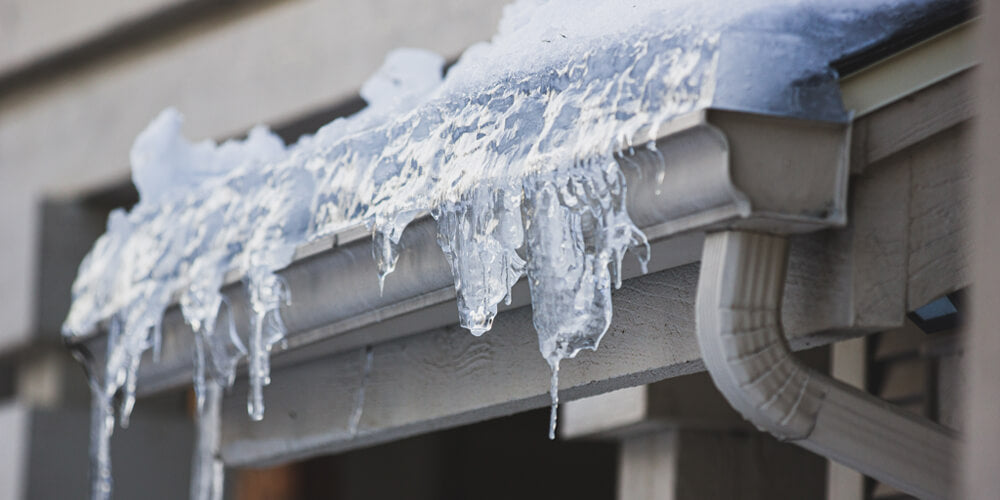
How To Remove Snow and Ice From Your Driveway and Walkways
Snow and ice on your walkways and driveway are probably the biggest hazards. The best idea is to remove snow from these areas as soon as possible to stay ahead of accumulation. Use a snow pusher to remove snow every time 2-3 inches have fallen. Remember, if you wait too long, the accumulation becomes much heavier and harder to move. If you have the financial means and a convenient place to put it, you might even consider a snow blower. A snow blower will automatically help to keep your paths clear by blowing snow into the yard or to the side of the driveway as it falls.
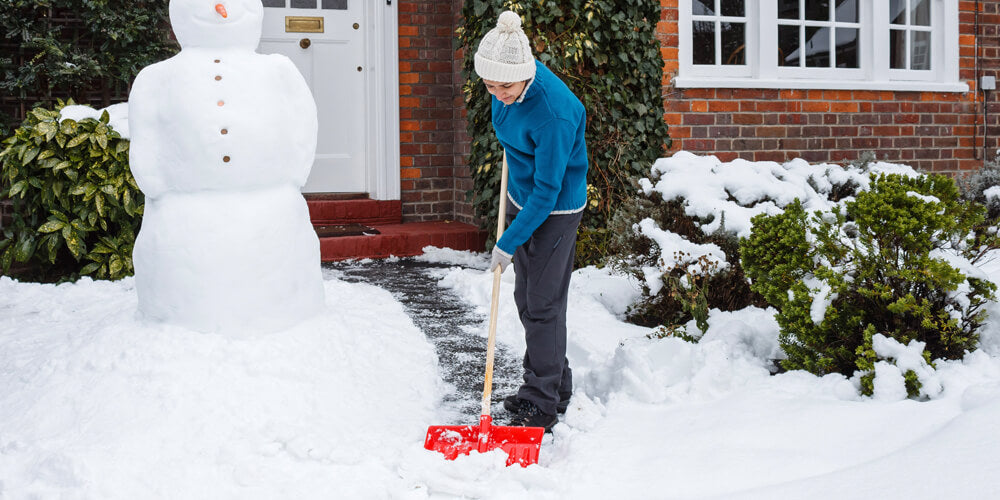
Even when you remove snow as it accumulates, remnants will remain. As the ground warms up during the day, it melts, but then it will refreeze as ice when the temperature drops at night. Be sure to purchase de-icing salt to spread over icy pathways as needed. Keep in mind that traditional de-icers are often very rough on pets' paws. If you have dogs that regularly use the yard or paths, invest in a pet-safe product such as Safe Step Sure Paws Magnesium Chloride Pet-Friendly Ice Melt.
If you didn't get to the ice patches in time, they may become too thick to work with just de-icer. Use a sturdy shovel or another tool to chop through thicker ice and then scrape it away before applying ice melter if necessary. Avoid picks, however, as they can damage concrete underneath. After applying ice melter, add more traction by laying down cat litter or sand.
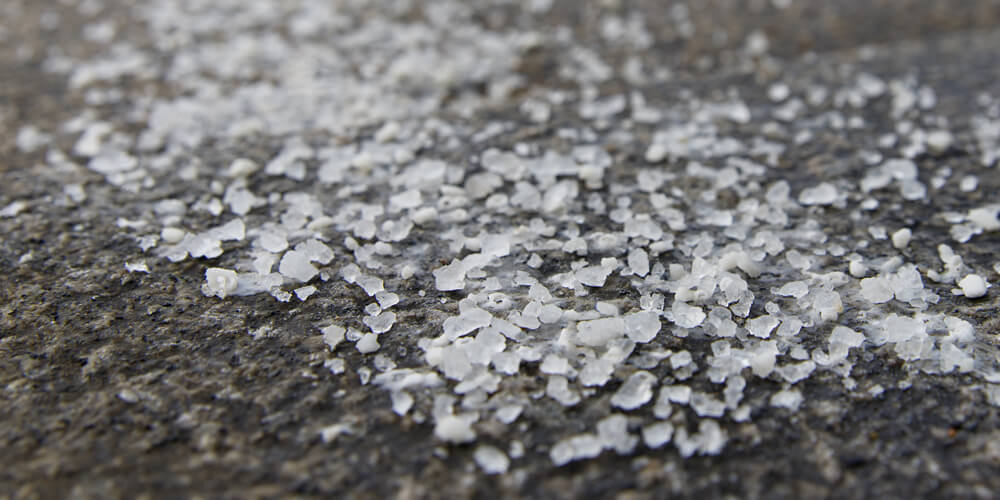
Of course, don't forget about your car during the cleanup process. A safe driveway won't mean as much if you don't have a high-quality snow scraper for your windshields. By investing in the right tools now, you ensure your safety and make the snow removal process much easier on yourself in the future. You might even find that spending less time cleaning up hazard areas leaves you more time to toss snowballs and make snow angels with the kids!
